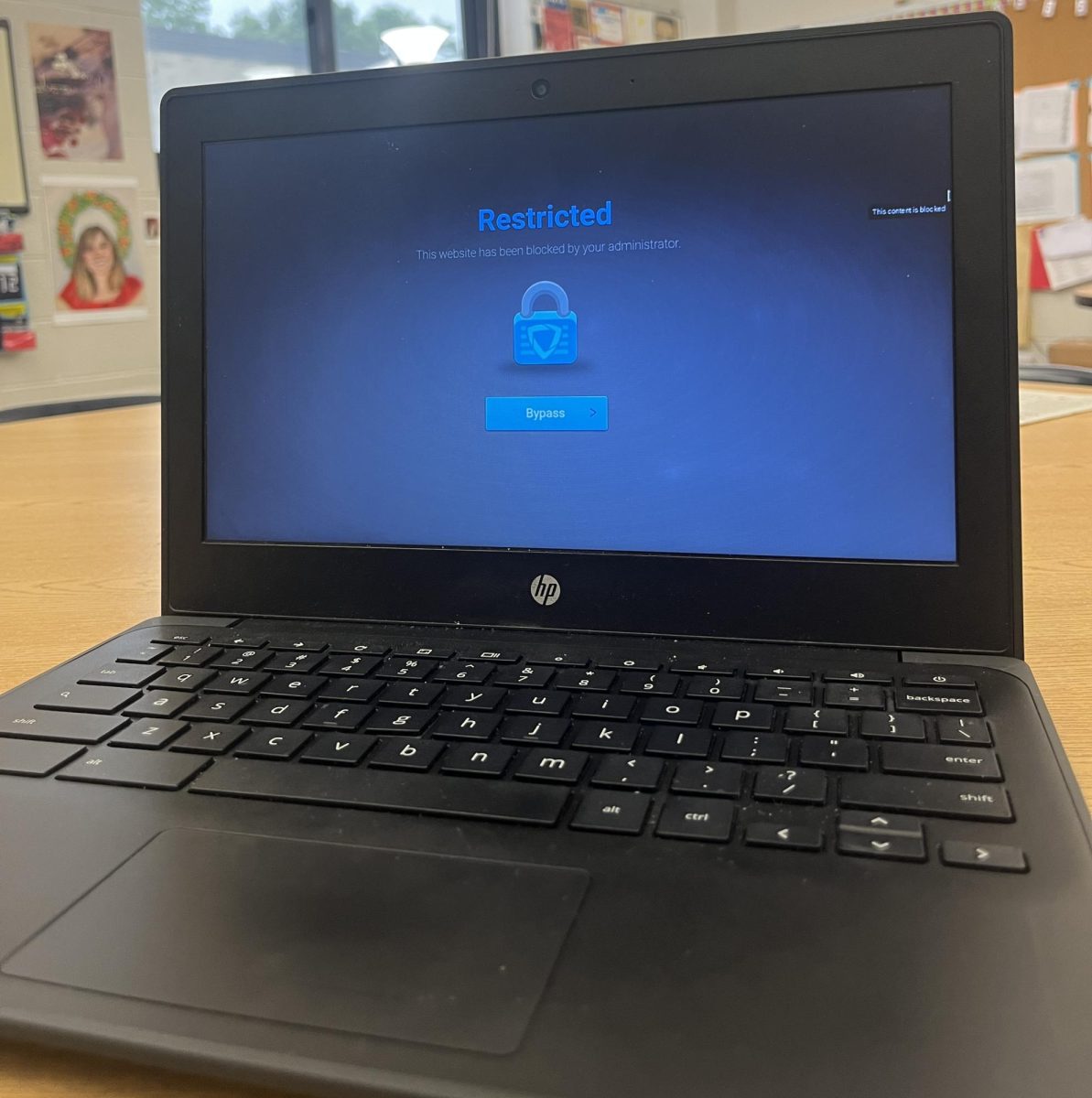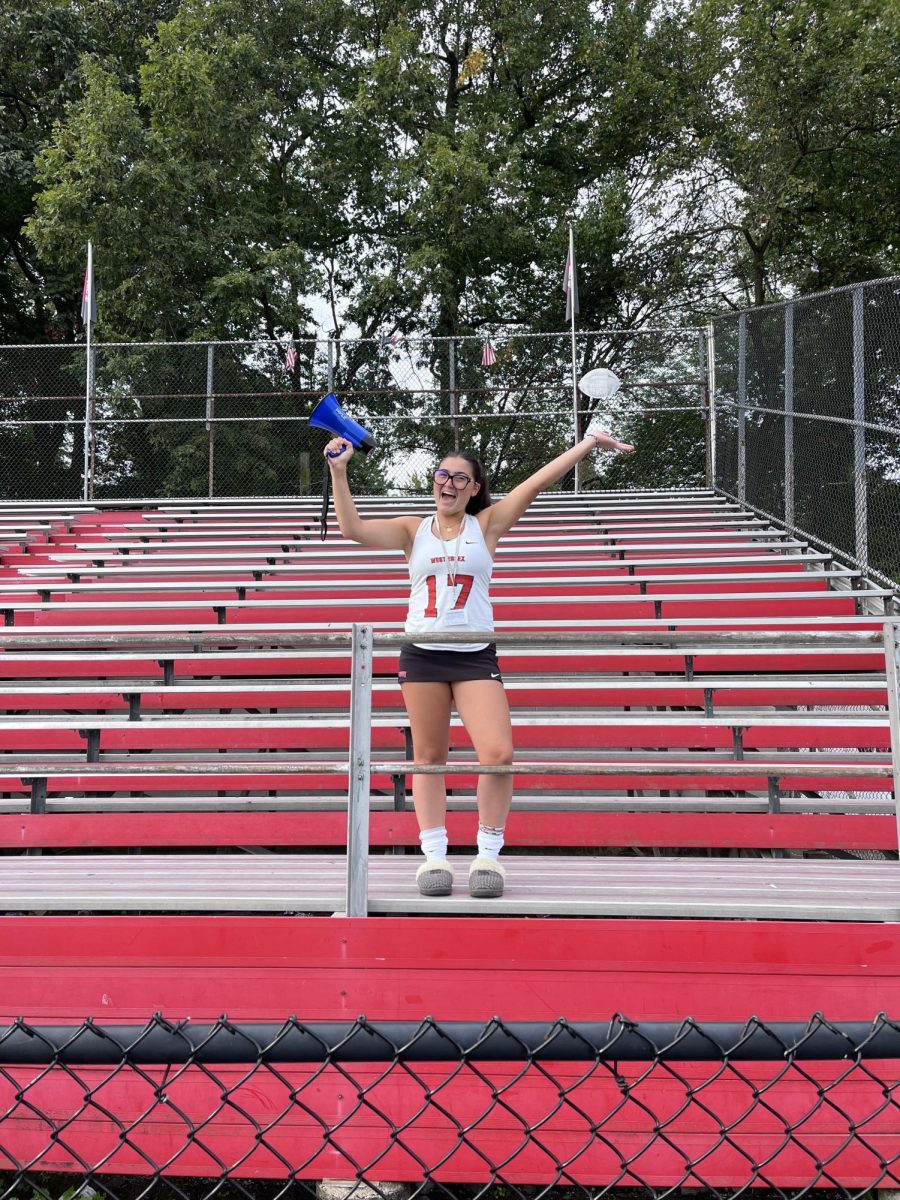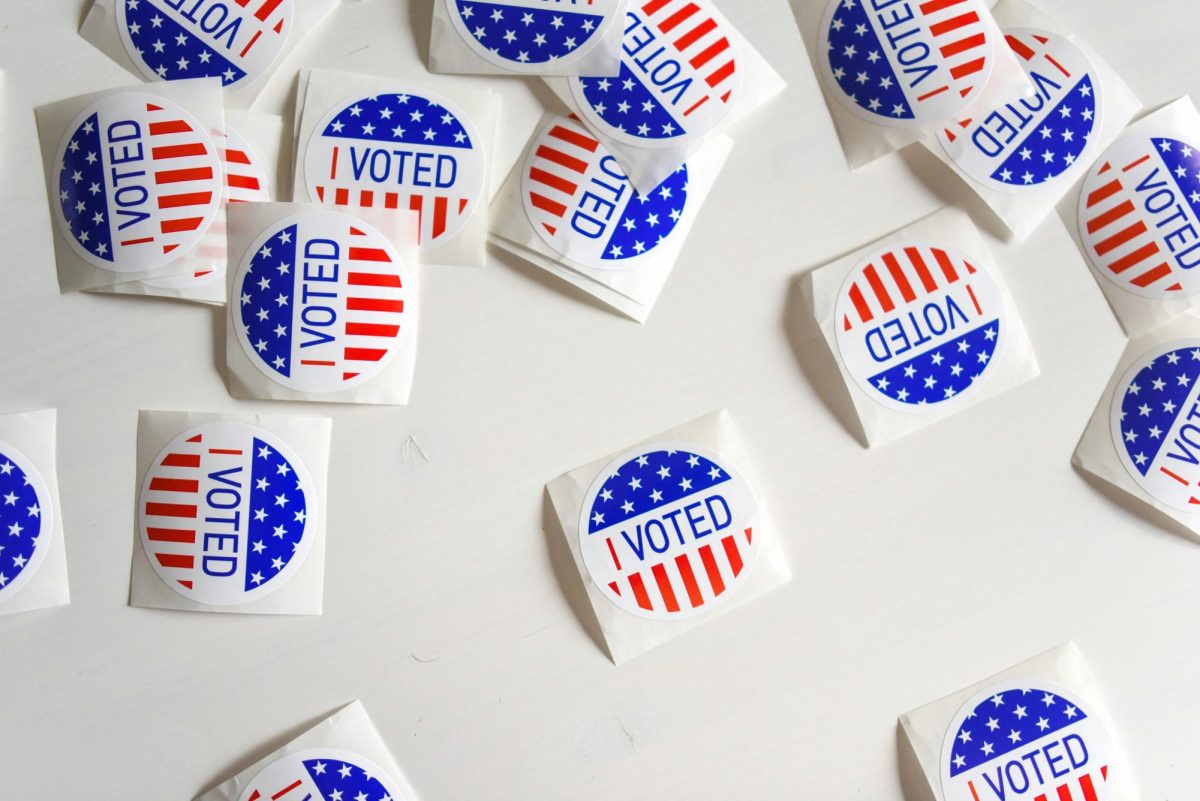Over the past few years, students have gotten used to certain web pages being blocked on their computers: distracting games, inappropriate websites and online stores have all fallen victim to the administration’s restrictions, and for valid reasons. However, recently, the restrictions have reached an all-time high. More than ever in the past, students’ current searches bring them to a defeating blocked screen, forcing them to reword their question in a way that the computer will accept, bypass useful links or give up on the idea altogether. It is understandable why the administration wants to block certain sites that can be distracting or dangerous; however, when the limitations begin to get in the way of students’ ability to conduct actual research and further their learning on school subjects, the school needs to revise its restrictive web filtering system.
The policy on what gets blocked is developed by a variety of sources: most notably, the national Children’s Internet Protection Act (CIPA), a law passed by Congress in 2000 to regulate K-12 students’ access to the internet while in school. Under this law, schools are required to adopt and enforce an internet safety policy that addresses issues like access to harmful content. They are also required to implement technological protection measures, like filters, to block internet access to obscene content. Aside from the obvious sites that must be blocked under CIPA, teachers and administrators can also request specific sites to be restricted when they feel they’ve become a distraction to students. While this policy has been in place for some time now, over the past few weeks, students have noticed a significant increase in wrongfully blocked sites.
“The recent rise in seeing blocked pages on search results is likely due to some changes Google made on how sponsored search results get displayed,” says Mike Johnson, network administrator for the school district. “When you Google anything, Google spits out the results, but they place sponsored results first. To track the money they’re making on these sponsored listings, clicking on it briefly redirects you to Google Ad Services, and then you’re forwarded to the actual site. But our filter blocks Google Ad Services, so you see the block page immediately, rather than making it to your intended site.”
Whatever the rationale may be, the number of blocked websites has become so extensive that it feels like nearly anything and everything searched is blocked. It is doing its job of restricting things that may be harmful or distracting, but it is simultaneously preventing students from accessing educational material. For example, when I was studying for a math test, I tried to look up the Unit Circle, a key component of the Precalculus course, but I was immediately met with a blocked screen. Since I was at home, I was able to use my phone to access the information; however, students physically in school often don’t have that luxury. Similarly, as I was studying for AP Exams, there were far too many instances where I looked up a simple fact or question that was blocked. I had to either type my question in a certain way that the computer would allow, or I had to resort to using my phone once again—an unnecessary inconvenience and waste of time. The constant encounter with a blocked screen is not only extremely frustrating, but makes already strenuous school tasks like studying that much harder. Naturally, this has become a shared complaint among many students at West Essex.
“At West Essex, we recognize that while there are things that absolutely should be blocked on your devices,it is also part of the learning and maturation process of students to learn self-control, task management and how to remain focused in an increasingly online age,” Johnson said. “We feel that some responsibility lies with the students to remain attentive and focused on schoolwork when using the device we provide to them.”
While I completely agree with this statement, there is simply no room for students to learn these valuable skills when the administration does not even give them a chance or trust them in the slightest.
The entire situation is unnecessary and unfair. It’s reasonable for the school to enforce some restrictions, but the system has gotten out of hand, and it seems that we have lost sight of what’s most important: actual learning. The setup must be changed so that distracting sites remain restricted, but students are no longer deprived of vital educational resources and information.





